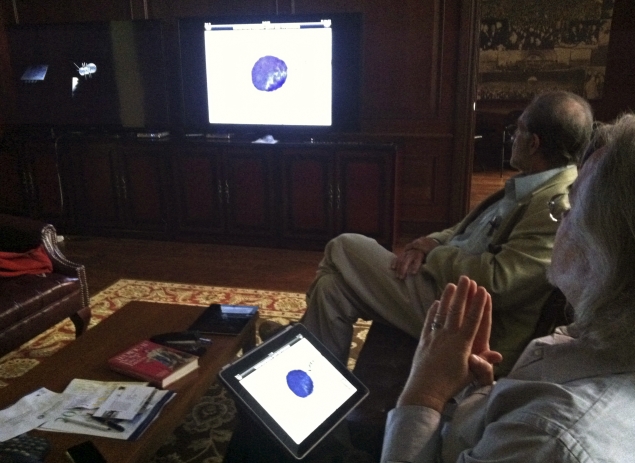
Scientists claim to have developed a first-of-its-kind computer model for simulating cancer tumour growth and treatment.
The model could act as a first-line assessment of potential treatments, without side effects for the patient.
The computer model developed by a University of Adelaide researcher simulates the growth of tumour from single cells and the effect of cancer treatments such as radiation at the nano-scale level.
The model is attracting interest from around the world as a first-line assessment of potential treatments, researchers said.
"Unlike other cancer models, this model simulates the tumour growth and effects of various treatments, right through to the probability of survival of cells and whether they have been destroyed by the treatment," said Michael Douglass, from University's School of Chemistry and Physics.
"We model individual radiation particle interactions on scales smaller than the size of a water molecule," said Douglass.
"We simulate the resultant biological damage to each cell in the tumour and how the cell repairs its DNA after being exposed to radiation," he said.
The model is now being used to study new cancer treatment techniques such as the use of gold-nanoparticles to reduce the radiation dose needed to destroy tumours, and so reduce or eliminate acute radiation side-effects.
"The beauty of this model is that we can investigate the actions of new treatments such as gold nano-particle therapy to see what happens when we can't look at it experimentally.
"The processes are happening on such a small scale that computer modelling is the only way of understanding how they are working," Douglass said.
He said the model can be used to investigate what will happen with any therapy so that a potential treatment can be verified.
source: http://ndtv.com

No comments:
Post a Comment